Before the historic moment of 1945, some communal houses and pagodas in Quang Ninh were not only places of worship but also places to protect people's lives, reliable and safe addresses for revolutionary cadres to take refuge and operate.
Many communal houses, pagodas, and religious buildings in the Mining Region became meeting places, storage places for documents and weapons of cadres during the August Revolution of 1945, contributing to the victory of the revolutionary movement.
Bac Ma Pagoda also has the Chinese name Phuc Chi Tu, meaning the pagoda that leads to happiness, located in Bac Ma village, Binh Duong commune, Dong Trieu town, Quang Ninh province; built during the Tran dynasty, around the end of the 14th century, and used to be the center of Dong Trieu war zone. Bac Ma Pagoda has beautiful, ancient architecture, located on a beautiful piece of land, in harmony with the poetic natural landscape, charming mountains and rivers.
Bac Ma Pagoda was one of the revolutionary bases in the period before the August Revolution of 1945 and is the place associated with the name of Lieutenant General Nguyen Binh. At the end of April 1945, comrades Tran Cung, Hai Thanh and Nguyen Binh met here to plan the uprising, open training classes for cadres and prepare revolutionary armed forces as well as discuss the construction of Tran Hung Dao War Zone.

Bac Ma Pagoda was the headquarters of monks, revolutionary cadres and the national salvation Buddhist Sangha; the meeting place of members of the revolutionary base leadership, the logistics preparation center, the reception station for Viet Minh cadres and patriotic youth. Bac Ma Pagoda was associated with the glorious victory of the army and people of Dong Trieu on June 8, 1945, who successfully rose up to overthrow the Japanese puppet government, and together with the people of localities in the province and the whole country, carried out the successful August 1945 general revolution.
Bac Ma Pagoda still preserves works, artifacts and documents that testify to the heroic years such as: the Dong Trieu war zone memorial stele summarizing the birth of the Fourth War Zone; a memorial house displaying artifacts, relics, and belongings of the war zone leaders, weapons used by our army and people in combat; artifacts about the achievements of the Dong Trieu army and people's struggle for independence; images of the Dong Trieu homeland during the renovation period; flags and certificates of merit awarded by the State to the war zone and people of Bac Ma... In 1994, Bac Ma Pagoda was recognized as a national historical and cultural relic.
Near Bac Ma pagoda is Ho Lao communal house and pagoda (An Sinh ward), which is also one of the relics associated with the history of the struggle of the people of the Mining Area. In the pre-uprising period, when the Viet Minh movement developed strongly in Dong Trieu, Ho Lao communal house and pagoda became the center of the military base of the revolutionary army, where many important political events took place, and was used by the revolutionary army as a military training base.

On June 8, 1945, at Ho Lao communal house yard, the revolutionary army held a rally to announce the establishment of the Fourth War Zone (also known as Dong Trieu War Zone or Tran Hung Dao War Zone) and established the Revolutionary Military Committee led by comrades Nguyen Binh, Tran Cung, and Hai Thanh. Through the ups and downs of history, war, and time, Ho Lao communal house and pagoda were destroyed many times, then restored, embellished, and a memorial stele was erected to record the names of the homeland's children who sacrificed their lives during the resistance wars. On July 12, 2001, the Ministry of Culture and Information (now the Ministry of Culture, Sports and Tourism) issued Decision No. 38/2001/QD-BVHTT recognizing Ho Lao communal house and pagoda as a national historical and cultural relic.
In the East - then part of Hai Ninh province, many communal houses and pagodas were also places that marked the contributions, dedication and great sacrifices of our ancestors in the struggle for people's rights, democracy, national independence and in the cause of building and defending the country. Among them, we can mention Cai Chien communal house in Cai Chien commune.
Cai Chien Communal House was built during the Later Le Dynasty (around the 18th century), worshiping 8 gods and the village's tutelary god. Cai Chien Communal House is now located in Vung Bau hamlet, Dau Rong village, Cai Chien commune; located halfway up the mountainside, where the land area is large, high, and airy.
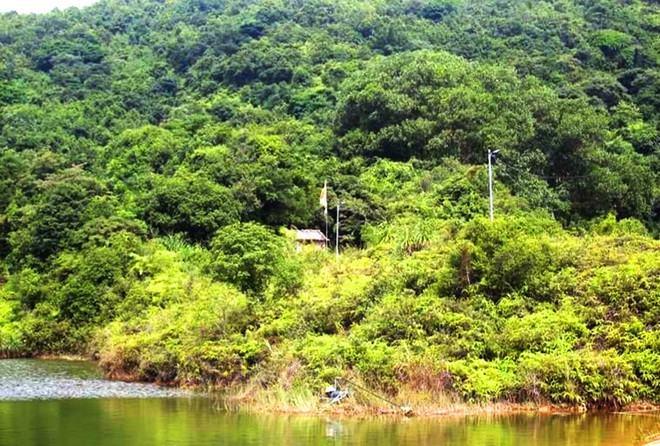
During the August Revolution of 1945 and the resistance war against the French, Cai Chien communal house was where the people on the island voted for National Assembly deputies, elected the resistance committee, the administrative resistance committee; established the commune's armed self-defense team, admitted party members from the coastal communes of Ha Coi, and established the coastal party cell of Hai Ninh province. The communal house was also where the rice jar was placed to collect donations from the people to support the resistance war; organized popular education classes... In mid-1948, at Cai Chien communal house, the admission ceremony of the first class of party members from the coastal communes of Ha Coi took place. The communal house was also the place where the first coastal party cell of Hai Ninh province was established, including the communes of Cai Chien, Phu Hai, and Tien Toi.
Cai Chien Communal House currently preserves many valuable documents, historical traces, tangible and intangible cultural values, a number of valuable antiques and relics dating from the Later Le and Nguyen dynasties. In particular, the people of Cai Chien commune still preserve a Han Nom book written in 1897, recording the names of the Thanh Hoang and the worshiping texts at the Cai Chien Communal House festival. On May 7, 2018, the People's Committee of Quang Ninh province signed Decision No. 1567/QD-UBND to rank Cai Chien Communal House as a Provincial Historical Relic.
Next is Dinh Bau, formerly known as "Dinh Ha Quat Doai", located in village I, Quang Nghia commune, now Hai Ninh commune, one of the valuable historical and cultural relics of Mong Cai city. Dinh Bau was built around the 18th century. This is the place to worship Cao Son Dai Vuong Ton Than, Hung Dao Dai Vuong and Thuy Than. At the Communal House, the ancestors of 05 families (Do family, Pham family, Nguyen family, Hoang family, Bui family) ... who contributed to building the village and establishing hamlets are worshiped.

Bau village communal house is the place where the local historical events took place and witnessed during the two resistance wars to protect the Fatherland. During the resistance war against the French, the communal house was the headquarters of the commune's revolutionary government, a meeting place for cadres working in coastal districts such as Mong Cai, Ha Coi, Dam Ha, Tien Yen; a place to store food and provisions to support the resistance war, a place to welcome and rest for the frontline labor groups to serve the campaigns. It was also here that the oath-taking and farewell of 171 children of the village to go on duty to protect the Fatherland took place, many of whom sacrificed their lives... In 2012, Bau village communal house was issued Decision No. 2070/QD-UBND dated August 20, 2012 by the People's Committee of Quang Ninh province and ranked as a provincial-level relic.
It can be said that religious works in the mining land strongly contributed to the anti-Japanese movement to save the country and were one of the important premises leading to the success of the August Revolution in 1945.
With a long history, Quang Ninh people have preserved relics as valuable cultural and historical witnesses because these communal houses and pagodas are not only revolutionary sites but also places to preserve cultural and religious lifestyles, proving the nation's enduring vitality over thousands of years of history.
The above relics were chosen by local people as one of the destinations to learn about history as well as remember the merits of our ancestors; are addresses to educate patriotic traditions for cadres, party members, people and especially the young generation of Quang Ninh province./.
Source: https://www.vietnamplus.vn/nhung-dinh-chua-gan-voi-cach-mang-thang-tam-o-quang-ninh-post1056394.vnp








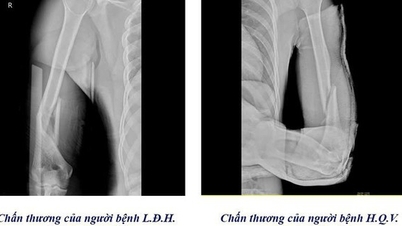

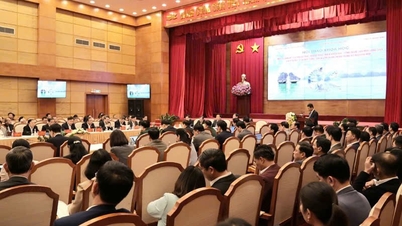




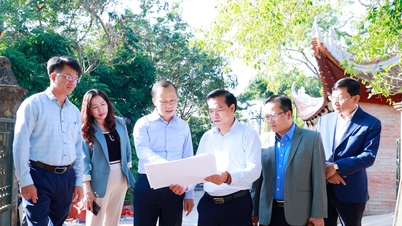



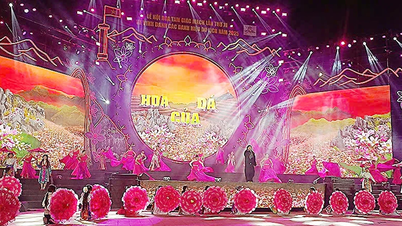

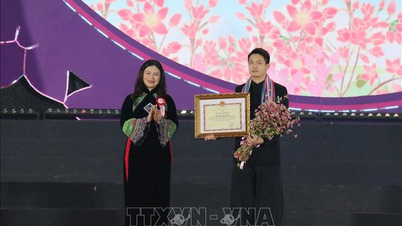

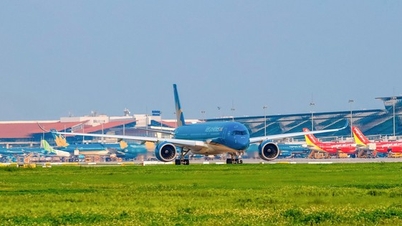

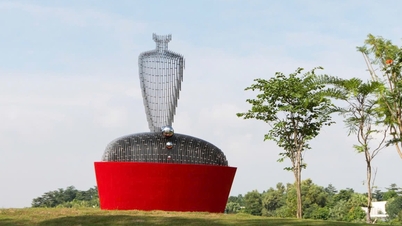

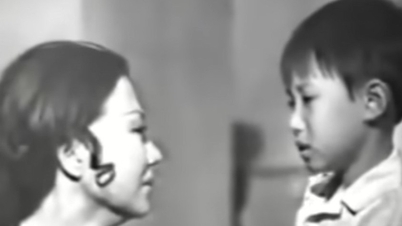
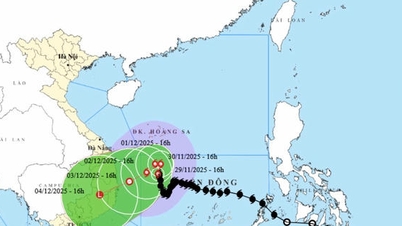






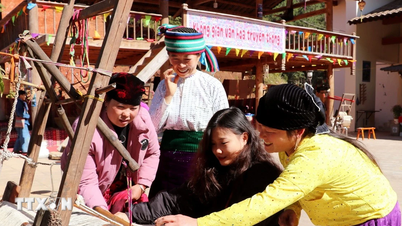

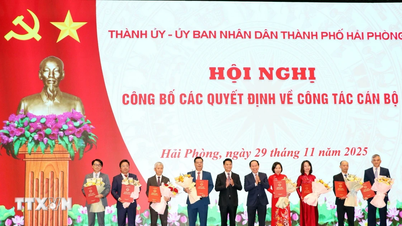







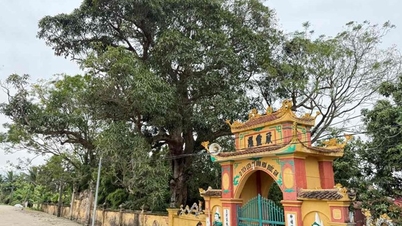

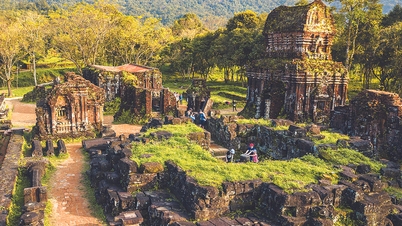
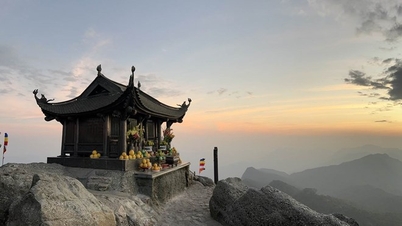
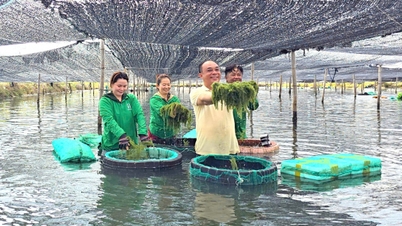



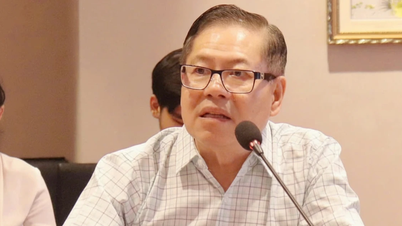
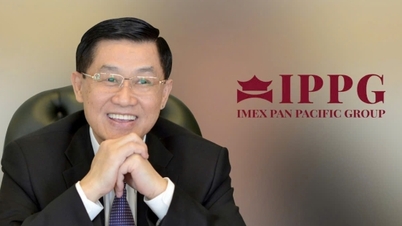







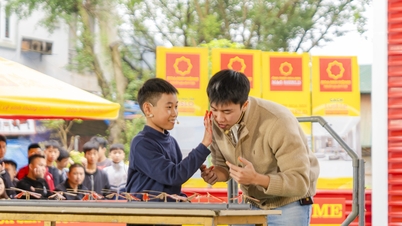


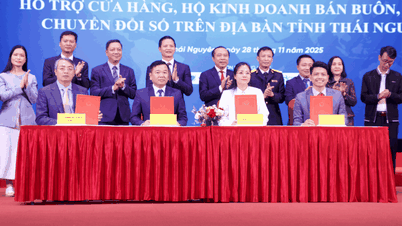
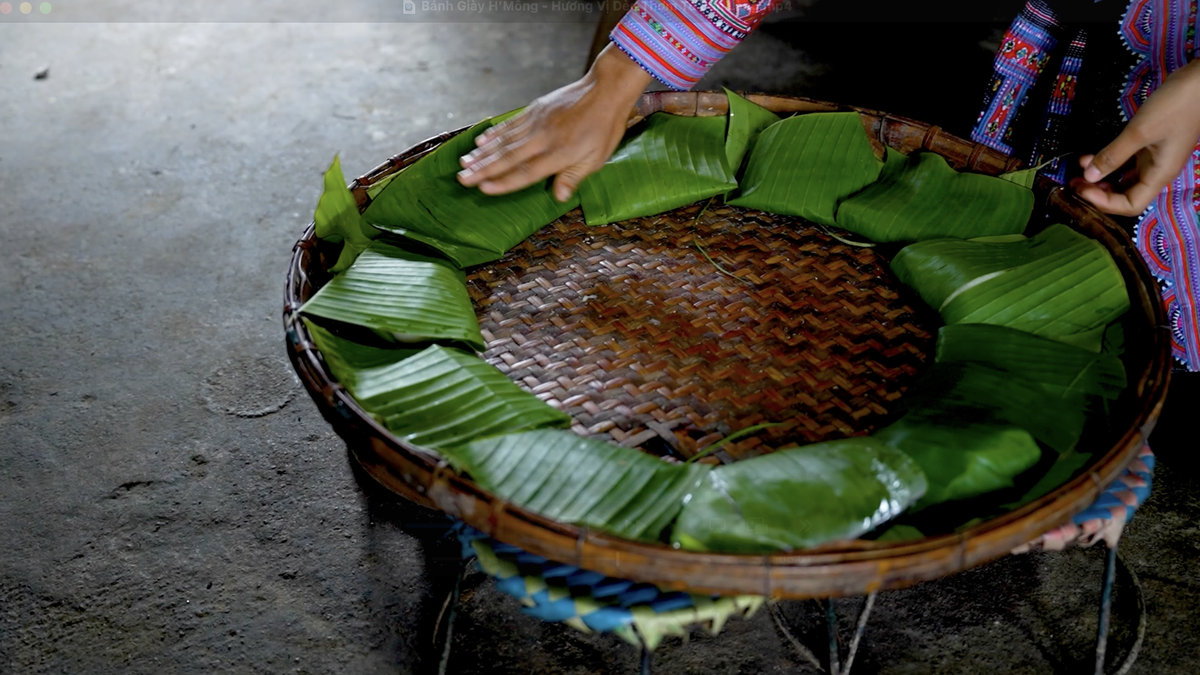

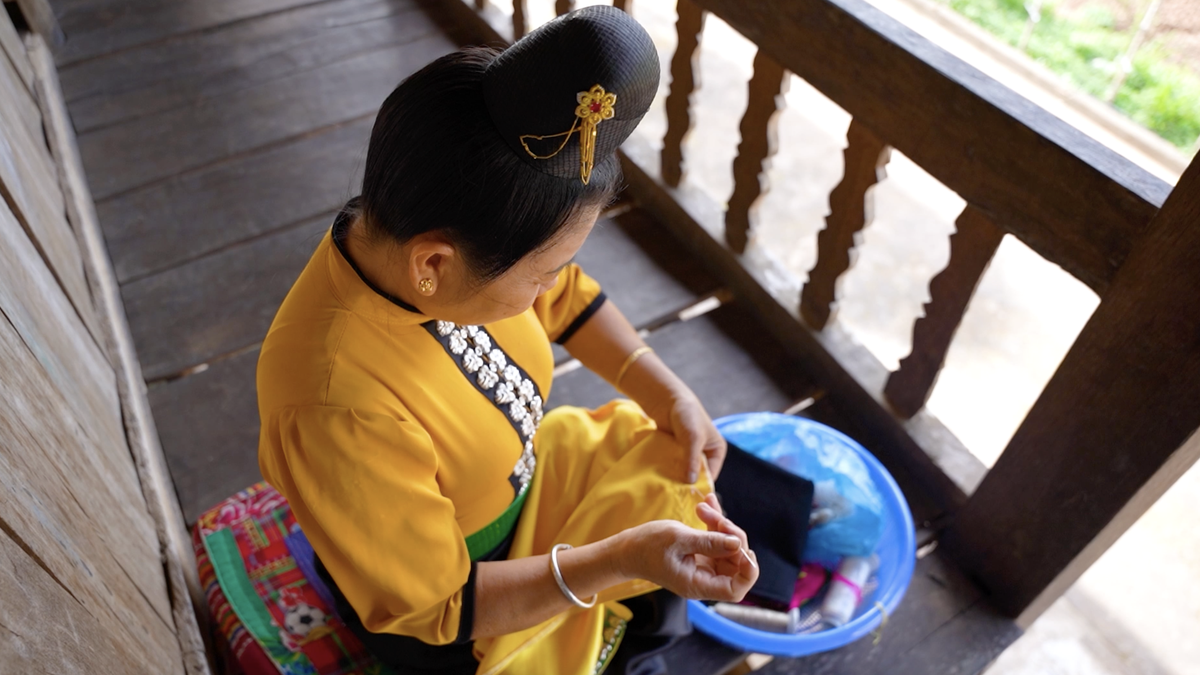

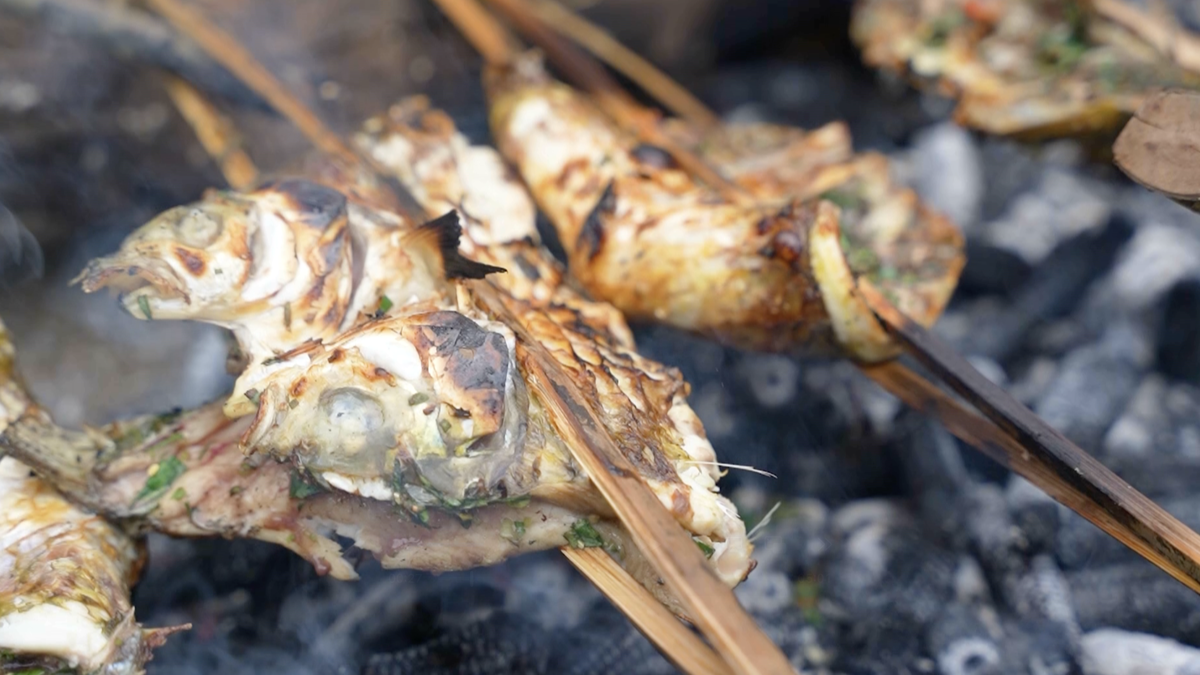
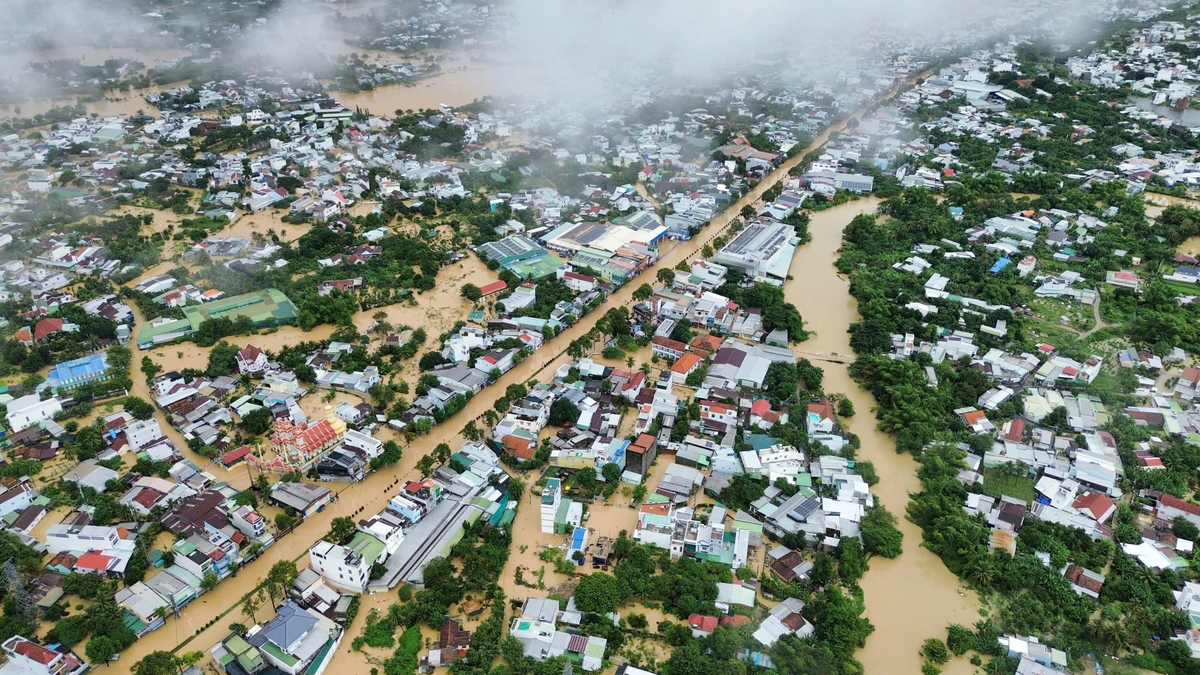


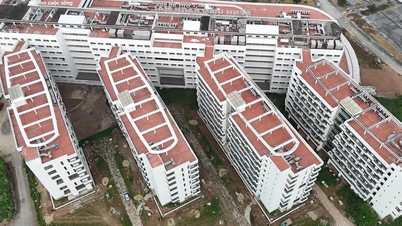
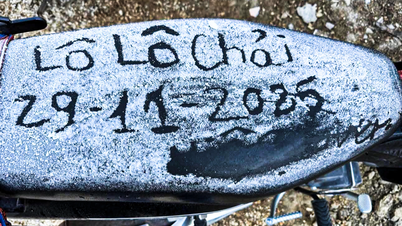


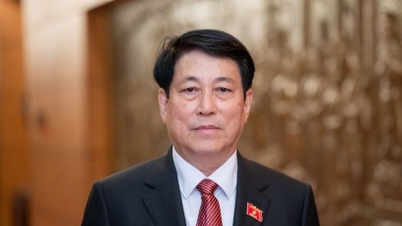




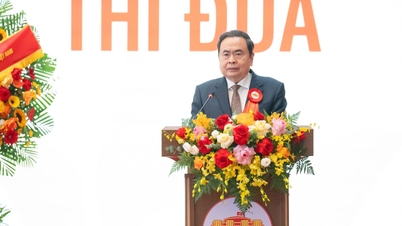



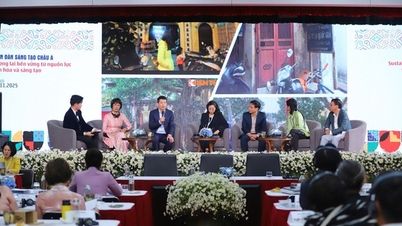
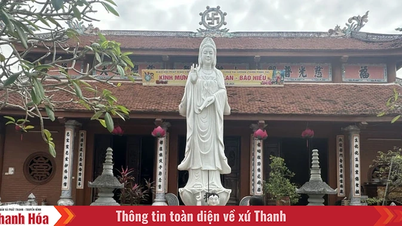

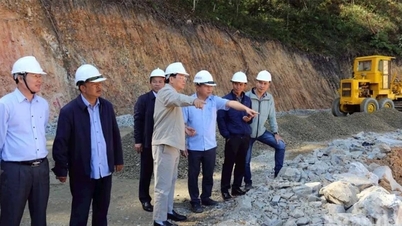

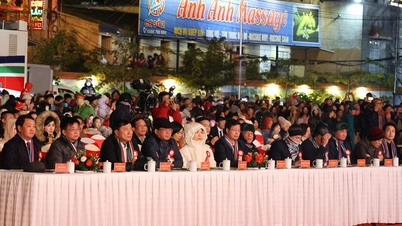













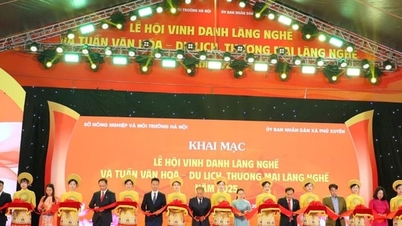

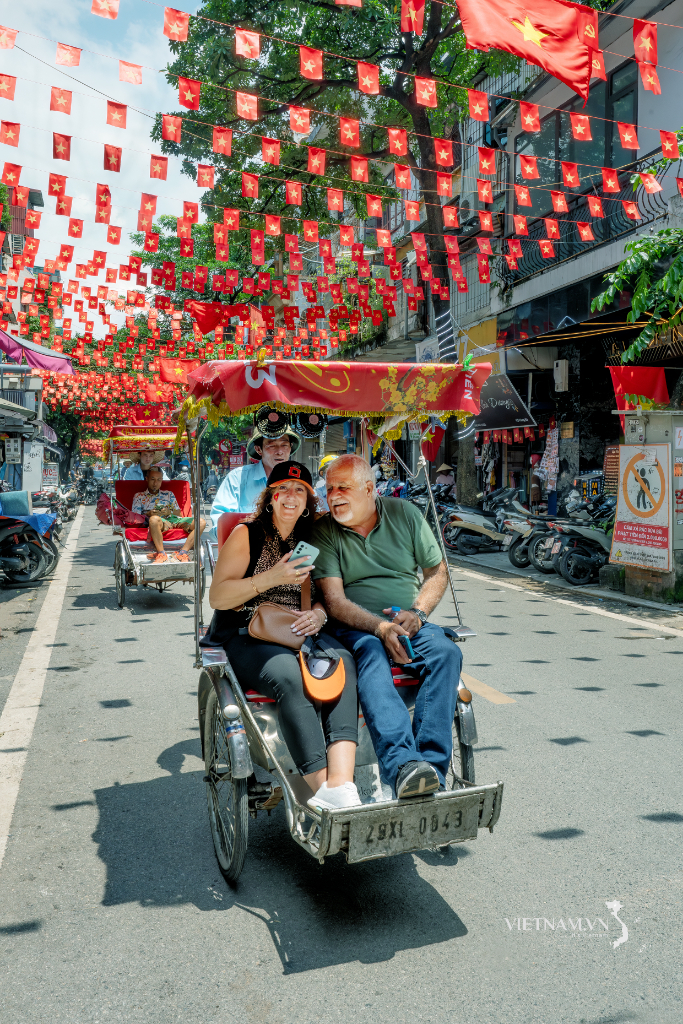

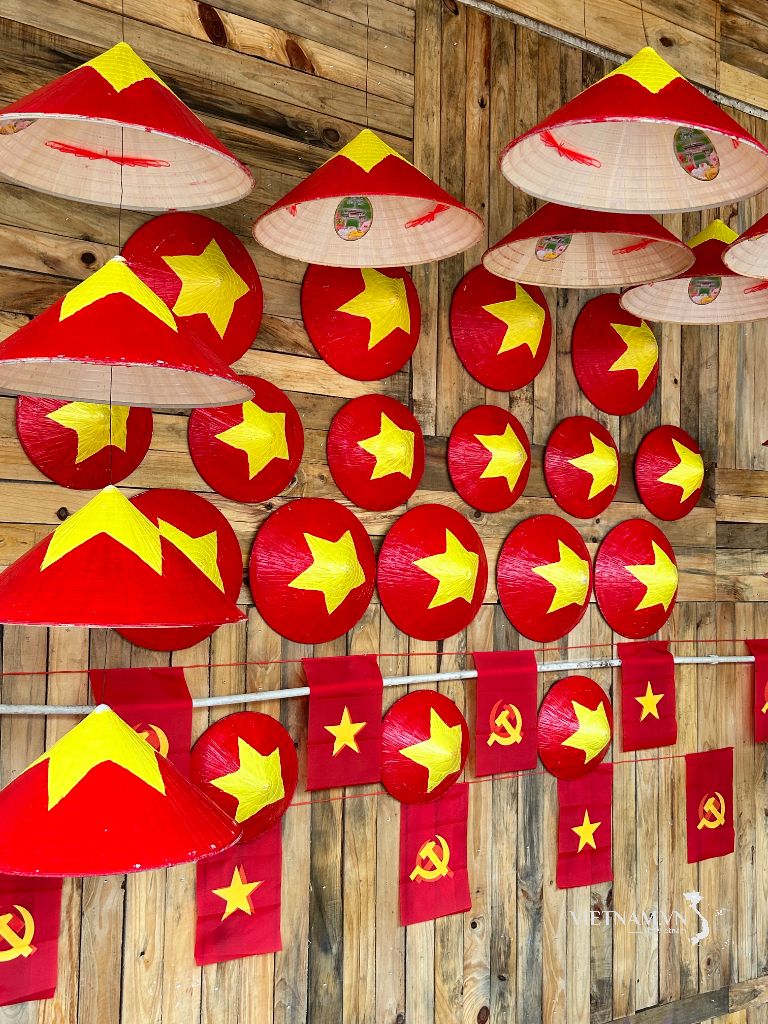

Comment (0)